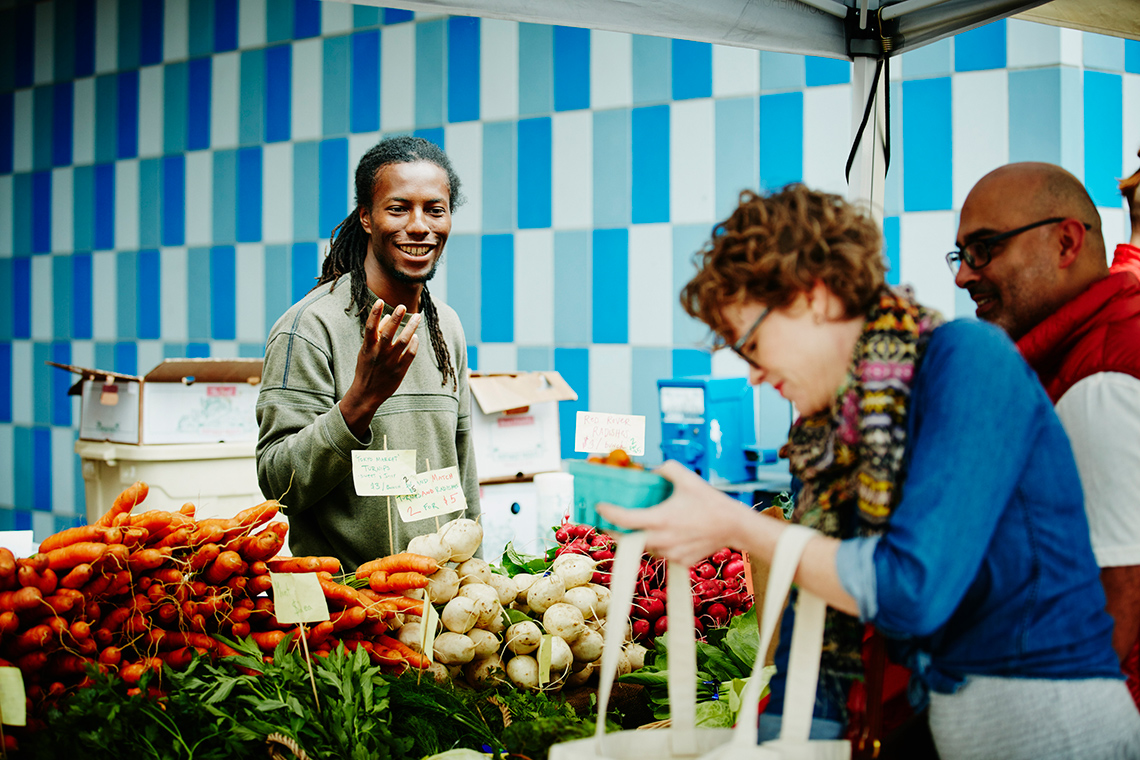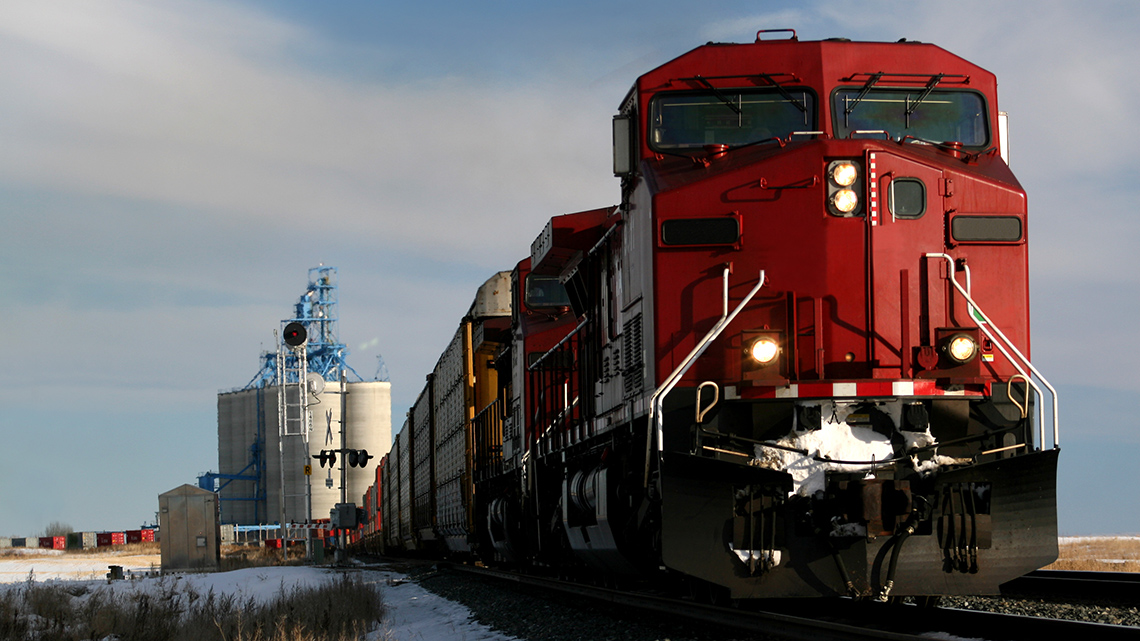Minds On
What is a system?

A system is a group of interacting, interrelated, or interdependent elements (also called components) forming a complex whole. These elements work together to perform a specific task.
Systems can be human or mechanical. Systems are found everywhere in our lives and come in many different forms.
Brainstorm
Brainstorm
Can you think of any systems in your life? Are they human or mechanical?
Brainstorm your ideas orally, in print, digitally, or in another method of your choice.
Consider these examples of systems.
As you explore these images and descriptions, think about and record the components that could make up this complex whole. Which are examples of human systems or mechanical systems?
Record your ideas in a method of your choice.
Action
Innovation in Canada
This learning activity features emerging technologies, STEM contributions, and Canadian innovations that are making a difference.

Task 1: Introduction to systems

Systems thinking involves taking into consideration the inputs, outputs, and byproducts of the system:
- inputs are the force, energy, or resource that you put into a system
- outputs are the task or service that the system is designed to perform
- byproducts are the unintended positive or negative outputs of a system
Explore the following systems and determine whether each component is an input, output, or byproduct.
Press the following tabs to access the list of components of each system.
- force
- electricity
- fuel
- movement
- climate change
- collisions
- safety
- excretion
- food
- movement
- disease
- liquids
- sweat
- energy from sun
- food waste
- food variety
- water
- compost or fertilizer
- larger crop yields
- pollution from fertilizers
- invasive species
Complete the Sorting Chart in your notebook or using the following fillable and printable document. If you like, you may use speech-to-text or audio tools to record your thoughts.
| System | Inputs | Outputs | Side effects |
|---|---|---|---|
| Automobiles | |||
| Body systems | |||
| Food processing |
Complete Sorting Chart in your notebook or using the following fillable and printable document.
Press the ‘Activity’ button to access the Sorting Chart.
Press ‘Answer’ to access the answers to the component sorting chart.
| System | Inputs | Outputs | Side effects |
|---|---|---|---|
| Automobiles |
|
|
|
| Body systems |
|
|
|
| Food processing |
|
|
|
Industries

An industry is a combination or collection of systems that work together to produce goods and services.
Press the following tabs to learn how systems relate to various industries.
Systems include:
- cars
- trucks
- airplanes
- manufacturing plants
Systems include:
- agriculture
- irrigation
- processing plants
Systems include:
- x-rays and imaging
- body system
- needles
- stethoscopes
Pause and Reflect
Pause and reflect
What similarities and differences do you notice between each industry?
Can you think of at least one other system for each industry?
Task 2: Innovative systems

All systems evolve or change over time. Can you think of any devices or systems that have improved progressively over your life span? One example might be a cellphone or laptop – devices that are always improving due to innovative designs. These changes are often driven by changing social conditions, living conditions, and new technologies.
Let’s explore two systems that have changed and improved over time: food processing and waste management systems.
Advances in the food industry
The food industry is very important. It creates many jobs in a variety of areas and keeps a great number of people around the world sustained with food to eat. Advancements in technology help manufacturers produce food more efficiently for the continually growing world population. Also, today’s society is demanding greater health and sustainability in the area of food production.
Explore some of the issues within the food industry and innovative solutions.
Toxins in processed food
Process contaminants or toxins can be present in processed foods due to the many stages of food production which can risk human health and the quality of food.
Artificial intelligence is being used through the programming of sensory robots to detect odours, identify toxins, and sample food with programmed taste buds and e-noses.
Inefficient weighing and measuring
Having employees manually weighing out ingredients in processed foods is costly and time-consuming.
One solution to this issue is the technology of robotic ingredient handling systems. These robots are programmed to accurately weigh food ingredients automatically, just like a scale. This enhancement boosts productivity and accuracy.
Solving waste worries
Waste management is a big social concern. Canadians produce over 31 tons of garbage per year, which is 2.7 kg each day. As the human population grows, so does the concern for the environment, and therefore innovative waste management systems are essential.
Explore some of the issues with waste management and innovative solutions.
Inefficient trash collection
Press the following tabs to access the issue and innovative solution.
Waste collection in cities is usually pre-scheduled due to the volume of waste a city must collect. Pre-scheduled days/ times result in half empty or overflowing garbage bins and unnecessary fuel consumption by collection vehicles.
Several companies have developed sensors that automatically monitor fullness and contents of a trash bin. These sensors optimize drivers' routes and fuel efficiency by detecting when your garbage bin has reached a specific level, and automatically schedule pick-up dates and times. They can also run diagnostics to monitor equipment performance, detect problems, and schedule maintenance.
Inefficient waste sorting
Press the following tabs to access the issue and innovative solution.
When waste is not effectively sorted, a large amount of material that could be recycled ends up in landfills, which is harmful to the environment.
Smart waste containers automatically recognize, sort and compress waste using cameras, sensors, and artificial intelligence. Once the machine identifies the type of waste, it sorts it into the appropriate bin (paper, plastic, or glass) and then compresses it so it takes up less space, making room for more waste.
Pause and Reflect
Pause and reflect
Use this information to answer the following reflection question in a method of your choice.
How is emerging technology and artificial intelligence being used in the food industry and waste industry?
Do you believe these enhancements to be efficient and safe? Why or why not?
Consolidation
Food systems

In this learning activity, you discovered that a system is a group of interacting, interrelated, or interdependent elements (also called components) forming a complex whole and that these elements work together to perform a specific task.
Choose a food that is available in Canada and do some independent research to learn how this food gets processed.
Once you have learned this information, you will consider the best way to communicate your learning.
Before you begin, explore this video that explains the scientific research process.
For this task, focus on the steps of recording information and communicating your results.
Press ‘Hint’ for ideas of food you can research.
For the processing system you choose, be sure to communicate the following information:
- a few examples of system inputs, outputs, and byproducts
- any innovation and/or use of artificial intelligence in this system
- whether the production system is efficient and safe
- steps involved in the process
When you have your information and are ready to communicate your learning, use the following checklist as a guide.
I can communicate my learning by:
Reflection
As you read the following descriptions, select the one that best describes your current understanding of the learning in this activity. Press the corresponding button once you have made your choice.
I feel…
Now, expand on your ideas by recording your thoughts using a voice recorder, speech-to-text, or writing tool.
When you review your notes on this learning activity later, reflect on whether you would select a different description based on your further review of the material in this learning activity.


